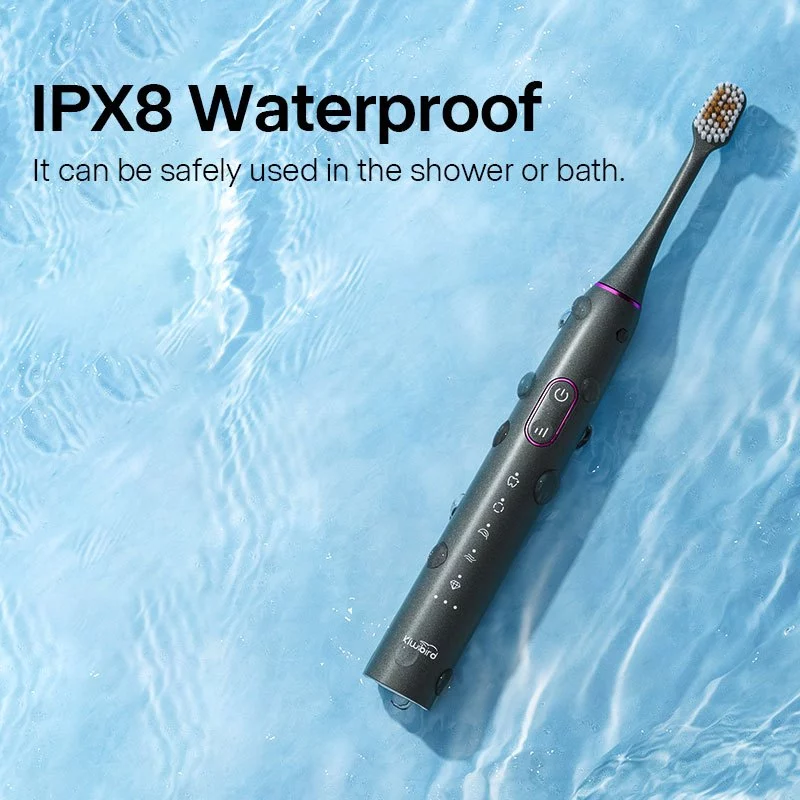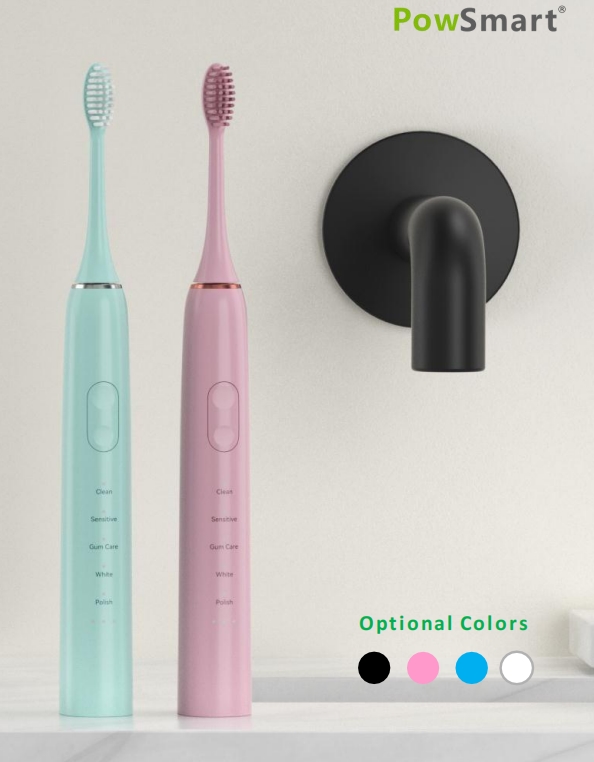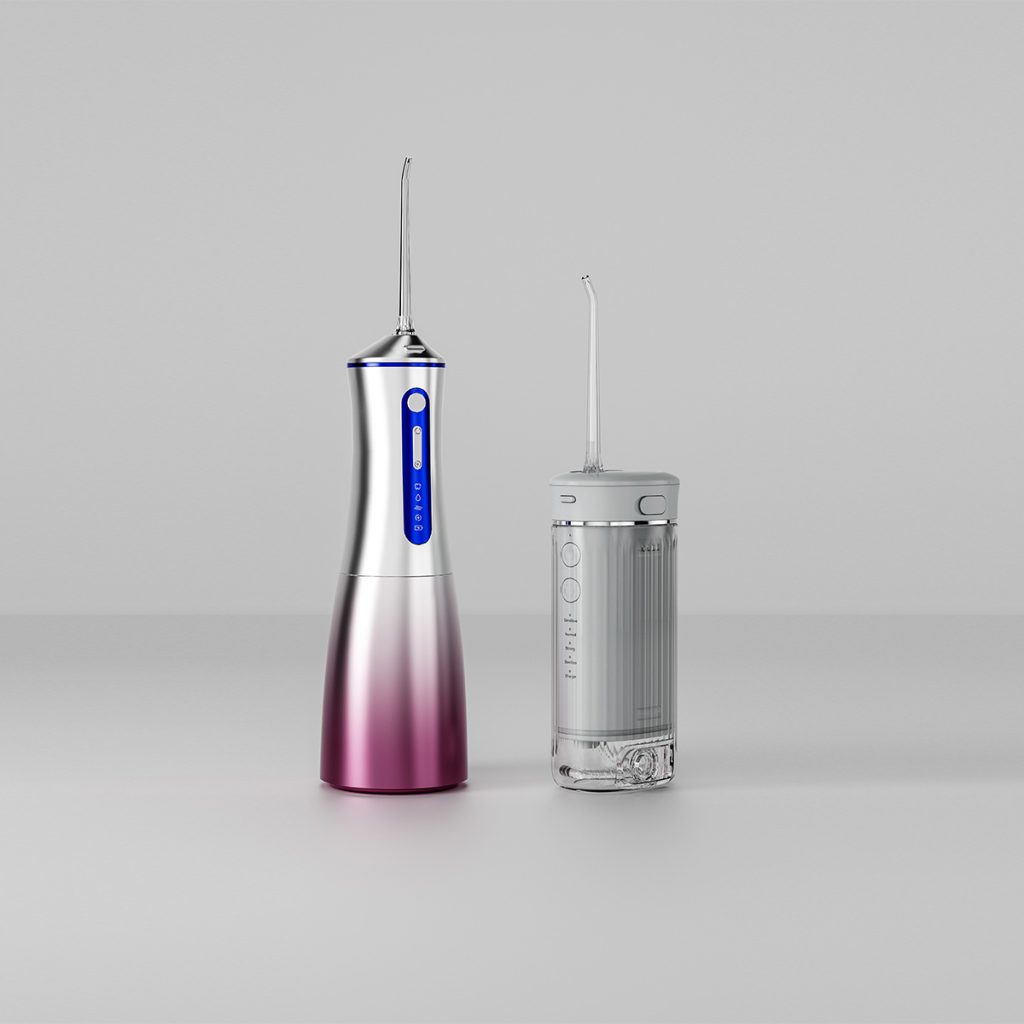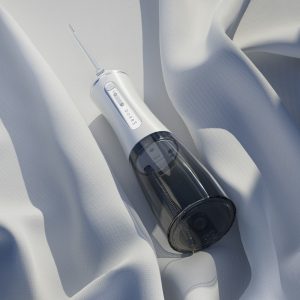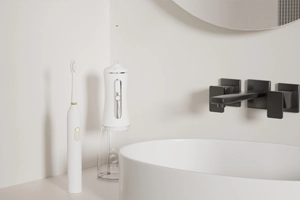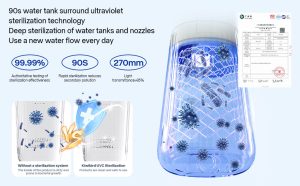In high‑performance spray systems, unstable spray patterns often translate directly into user discomfort, whether due to uneven coating, inconsistent cleaning pressure, or sudden pressure spikes. Moreover, an erratic jet can accelerate component wear and damage end‑use surfaces. In this blog, we explore why jet instability occurs, how it contributes to user discomfort, and offer practical strategies to diagnose and resolve these challenges for a smoother, more reliable operation.
Identifying the Causes of Unstable Spray
First, it’s essential to understand the root causes behind unstable spray:
- Pressure Fluctuations: Variations in upstream pressure—often caused by pump pulsation or supply inconsistencies—directly affect jet coherence.
- Nozzle Wear and Damage: Over time, abrasive fluids erode nozzle orifices, creating irregular flow paths and spray patterns.
- Flow Turbulence: Sharp bends, sudden diameter changes, or rough pipe interiors can introduce vortices that disrupt laminar flow.
- Air Entrapment: Entrained air bubbles in the fluid line lead to intermittent blockages and pulsed output.
By isolating which of these factors predominates in your system, you can focus optimization efforts more effectively.
How Unstable Spray Leads to User Discomfort
Furthermore, user discomfort often stems from uneven jet behavior:
- Inconsistent Coverage: Operators must compensate with extra passes, increasing fatigue and reducing throughput.
- Abrupt Pressure Spikes: Sudden surges can startle users or even cause slip hazards in cleaning applications.
- Excessive Noise and Vibration: Turbulent jets generate acoustic and mechanical vibration, creating an unpleasant working environment.
In regulated industries—such as food processing or healthcare—this discomfort also raises compliance risks if clean‑down or coating standards aren’t met uniformly.Company Web:https://www.powsmart.com/product/electric-toothbrush/
Diagnostic Techniques for Jet and User Impact
To pinpoint issues, adopt a multi‑pronged diagnostic approach:
- Pressure and Flow Logging: Install high‑precision sensors upstream and downstream of the nozzle to capture real‑time fluctuations.
- High‑Speed Imaging: Use a high‑frame‑rate camera to visualize jet breakup, droplet size distribution, and spray angles.
- Vibration Analysis: Mount accelerometers on spray heads or gun assemblies to detect resonance tied to turbulent flow.
- Operator Feedback Surveys: Collect structured input on perceived comfort, noise levels, and ease of use to correlate with sensor data.
Combining objective measurements with subjective operator reports yields a holistic view of both technical and human factors.
Engineering Solutions to Stabilize the Jet
Once you’ve diagnosed the root causes, consider these targeted remedies:
- Pulsation Dampeners: Install bladder‑type orifice dampeners near the pump outlet to smooth pressure waves before they reach the nozzle.
- Precision Nozzle Selection: Choose hardened‑steel or ceramic nozzles matched to your fluid’s abrasiveness and target spray angle, and replace them at defined wear intervals.
- Flow‑Straightening Sections: Add honeycomb or tube‑bundle straighteners upstream of the nozzle to reduce turbulence and align the flow.
- Degassing Devices: Incorporate inline air separators or vacuum degassers to remove bubbles before they cause spray interruptions.
These engineering enhancements directly reduce the mechanical drivers of unstable spray.
Ergonomic and Operational Improvements
Additionally, addressing user discomfort requires attention to human‑machine interaction:
- Adjustable Spray Controls: Offer fine‑tune pressure regulators or ergonomic triggers so operators can dial in just the right force.
- Anti‑Vibration Mounts: Fit handle grips or spray guns with vibration‑dampening materials to minimize hand‑arm vibration syndrome risk.
- Noise Mitigation: Use acoustic enclosures around pumps or add mufflers to high‑pressure lines to reduce ambient noise.
- Training and Best Practices: Develop standard operating procedures for gentle start‑ups, consistent spray distances, and regular equipment checks.
Together, these steps ensure that even a technically optimized spray system remains comfortable for daily use.
Future‑Proofing and Continuous Improvement
Finally, continuous innovation is key to staying ahead:
- IoT‑Enabled Monitoring: Deploy connected sensors that feed data into a cloud dashboard, alerting maintenance teams to emerging instabilities.
- AI‑Driven Tuning: Use machine‑learning algorithms to automatically adjust pump speed, nozzle position, or dampener settings in real‑time.
- Advanced Materials: Investigate self‑cleaning nozzle coatings or smart polymers that adapt their orifice geometry under different pressures.
- Operator‑Centric Design: Involve end users in prototyping to refine handle ergonomics, control layouts, and comfort features before scaling up production.
By blending cutting‑edge technology with human‑centered design, manufacturers can deliver spray systems that are both high‑performance and user‑friendly.
Conclusion
Unstable spray patterns and the resulting user discomfort represent intertwined technical and ergonomic challenges. Through systematic diagnosis, targeted engineering fixes, and operator‑focused improvements, you can achieve stable jets, consistent performance, and a comfortable user experience. In an increasingly competitive market, these best practices will help ensure both product quality and customer satisfaction.
Interested in optimizing your spray systems? Contact us today to discuss custom solutions that balance precision and comfort.
